
The Versatile Duty of Sodium Tripolyphosphate (STPP) in Detergents and Beyond
Sodium tripolyphosphate (STPP) serves as a highly effective water softener, detergent builder and food preservative across multiple industries.
But is sodium tripolyphosphate safe for human consumption, the environment, and daily use? This article will discuss its effects, how it is used, its potential risks, and why regulatory agencies monitor its safety.
Sodium tripolyphosphate (STPP) is a phosphate-based inorganic compound commonly found in detergents, food preservatives, and water treatment processes. It acts as a water softener, emulsifier, and preservative. STPP binds calcium and magnesium ions, preventing water hardness and improving cleaning efficiency.
Chemical Properties of STPP:
PropertyValue
Chemical Formula Na5P3O10
Appearance: White crystalline powder
Solubility Highly soluble in water
Common Uses Detergents, food industry, water treatment
Sodium tripolyphosphate is used across various industries due to its water-softening, sequestering, and dispersing properties. Some of the key applications include:
Regulatory agencies like the FDA and EFSA approve sodium tripolyphosphate as a food additive. However, excessive intake can lead to potential health concerns, particularly for individuals with kidney problems. The acceptable daily intake (ADI) of phosphate-based additives, including STPP, is regulated to prevent overconsumption.
| Food Product | Maximum STPP Content |
|---|---|
| Processed Meat | 0.5% – 1.0% |
| Seafood | 0.3% – 0.5% |
| Dairy Products | 0.2% – 0.4% |
STPP itself is not toxic, but excessive phosphate intake can lead to health complications. The biggest concern is its effect on kidney function and calcium metabolism. Regulatory agencies monitor STPP levels in consumer products to ensure safety.
Sodium tripolyphosphate is used in pharmaceuticals to stabilize formulations. In food products, it serves as a preservative and texture enhancer. Regulatory bodies like the FDA, EFSA, and WHO set guidelines to ensure safe usage.
STPP can contribute to eutrophication, which depletes oxygen in water bodies, leading to excessive algae growth. This environmental impact has led to restrictions on its use in detergents and water treatment in certain countries.
How to Reduce STPP Environmental Impact:
Phosphate is an essential nutrient, but excessive intake can be harmful. The key concerns include:
If you are concerned about phosphate intake, here are some practical steps to reduce exposure:
Sodium tripolyphosphate is safe when used within regulated limits. It serves essential functions in food preservation, cleaning products, and water treatment. However, excessive intake can pose health risks, particularly for individuals with kidney issues.
For more information, visit Sodium Tripolyphosphate.

Sodium tripolyphosphate (STPP) serves as a highly effective water softener, detergent builder and food preservative across multiple industries.

Sodium Tripolyphosphate (STPP) improves soap production through superior cleaning, water softening, and optimized formulation techniques.
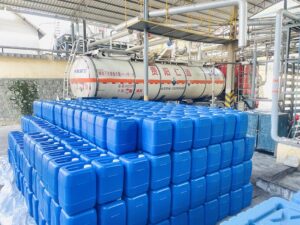
Sodium tripolyphosphate (STPP) is a multifunctional additive: it preserves moisture in seafood, prevents spoilage in processed meats, and boosts detergent efficiency. Is it safe? Find out here.
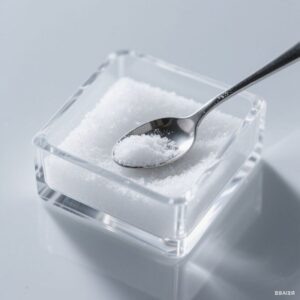
This guide covers the uses, benefits, risks, dosages, and health concerns of polyphosphates in food, with an overview of regulatory standards and emerging alternatives.
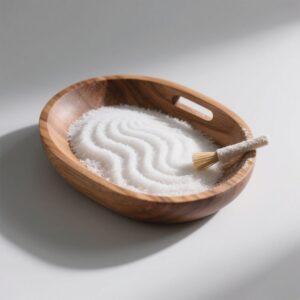
Global food-grade sodium tripolyphosphate (STPP) prices in Q4 2025 remain stable with slight increases driven by higher energy and logistics costs, while demand from meat and seafood processing sustains market balance.
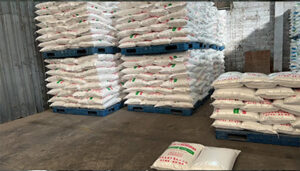
Sodium Tripolyphosphate (STPP) revolutionized detergents but caused eutrophication. Discover its history, environmental bans, and modern phosphate-free alternatives.

Sodium Tripolyphosphate (STPP): A detailed analysis of its chemical properties, industrial uses, and essential safety guidelines for handling and application.

Sodium Tripolyphosphate: This guide explores challenges and opportunities under global environmental regulations, offering detergent manufacturers a roadmap for sustainable transformation.
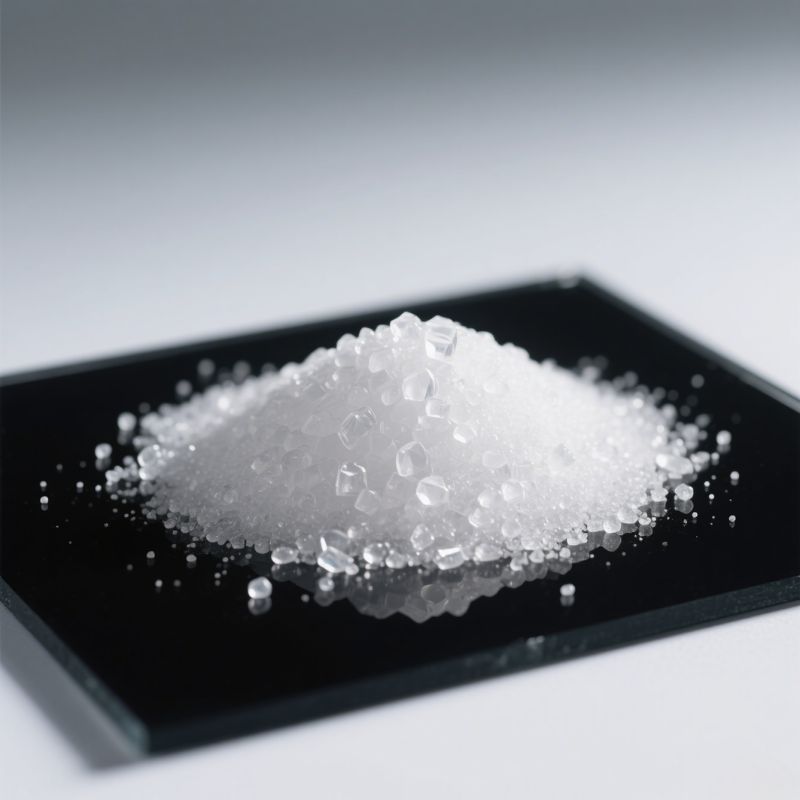
A professional and educational overview of tripolyphosphate (STPP), explaining its composition, manufacturing process, applications, safety profile, and sustainability trends.

This guide provides insights into the technological advances, regulatory frameworks, and cost factors affecting food and aquatic products, highlighting sustainability challenges and opportunities in 2025.

This guide covers the uses, benefits, risks, dosages, and health concerns of polyphosphates in food, with an overview of regulatory standards and emerging alternatives.
WhatsApp us